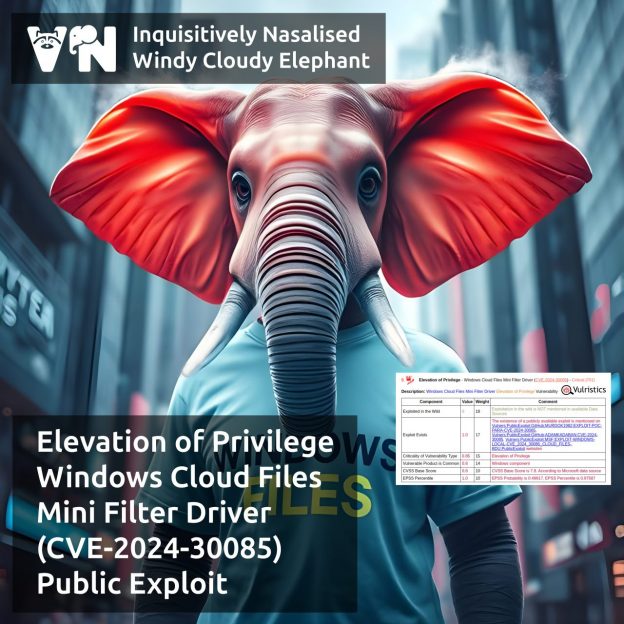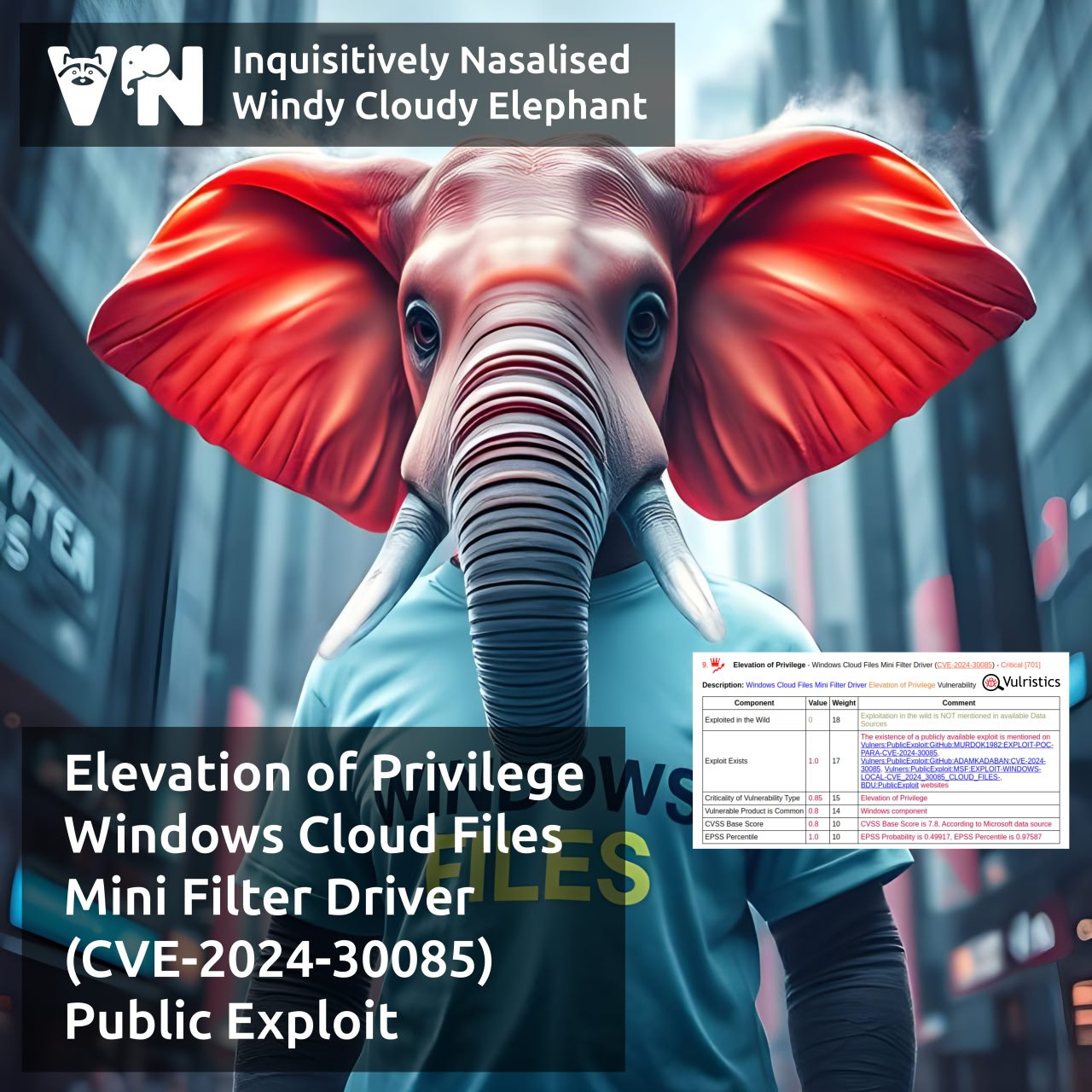March episode “In the Trend of VM” (#13): vulnerabilities of Microsoft, PAN-OS, СommuniGate and who should patch hosts with deployed application. I’m posting the translated video with a big delay, but it’s better than never. 😉
📹 Video on YouTube and LinkedIn
🗞 Post on Habr (rus)
🗒 Digest on the PT website
Content:
🔻 00:00 Greetings
🔻 00:31 Elevation of Privilege – Windows Ancillary Function Driver for WinSock (CVE-2025-21418)
🔻 01:12 Elevation of Privilege – Windows Storage (CVE-2025-21391)
🔻 01:53 Authentication Bypass – PAN-OS (CVE-2025-0108)
🔻 03:09 Remote Code Execution – CommuniGate Pro (BDU:2025-01331)
🔻 04:27 The VM riddle: who should patch hosts with a deployed application?
🔻 07:11 About the digest of trending vulnerabilities












